Hello there, fellow travellers!
Southern Europe in summer offers a dream travel experience – from Rome’s ancient ruins to Barcelona’s lively streets, Athens’ historic Acropolis to Parisian cafes and London’s lush parks. But as temperatures soar to record-breaking heights across the Mediterranean, travellers face a beautiful paradox: the sunshine that draws us to these iconic destinations can quickly turn your experience from fabulous to fatiguing.
While southern European cities offer unparalleled summer experiences – vibrant outdoor cafés, lively evening festivals, and that magical golden light photographers chase – they also demand thoughtful preparation.
Fear not! With our practical, easy-to-follow tips, you’ll be able to stay comfortable, safe, and enjoy your trip no matter how hot it gets. This guide delivers proven strategies from seasoned travellers and locals alike who know that with the right approach, you can embrace the Mediterranean summer without letting the heat diminish your experience.
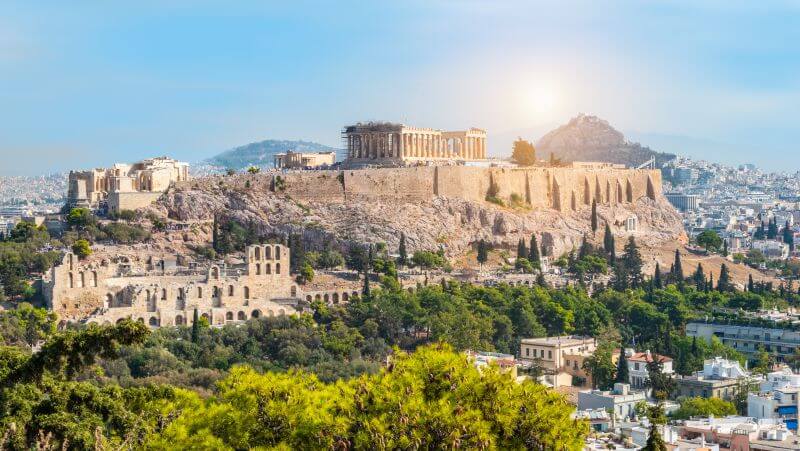
Picture yourself admiring Gaudí’s masterpieces in Barcelona or wandering through Rome’s ancient Forum as the mercury hits 38°C (100°F), crowds press in from all sides, and relentless sun beats down on cobblestone streets that radiate heat like open ovens. The charm remains undeniable. Sipping sangria on a Barcelona terrace as sunset paints the sky, or exploring Rome’s piazzas as they come alive with evening activities.
Yet the reality includes scorching temperatures potentially exceeding 40°C (104°F) in cities like Madrid and Naples, attractions packed with tourists, and sun exposure that can leave even the most enthusiastic traveller exhausted.
Let’s explore how to stay cool and energised throughout your adventure, embracing the Mediterranean sunshine while protecting your comfort and wellbeing.
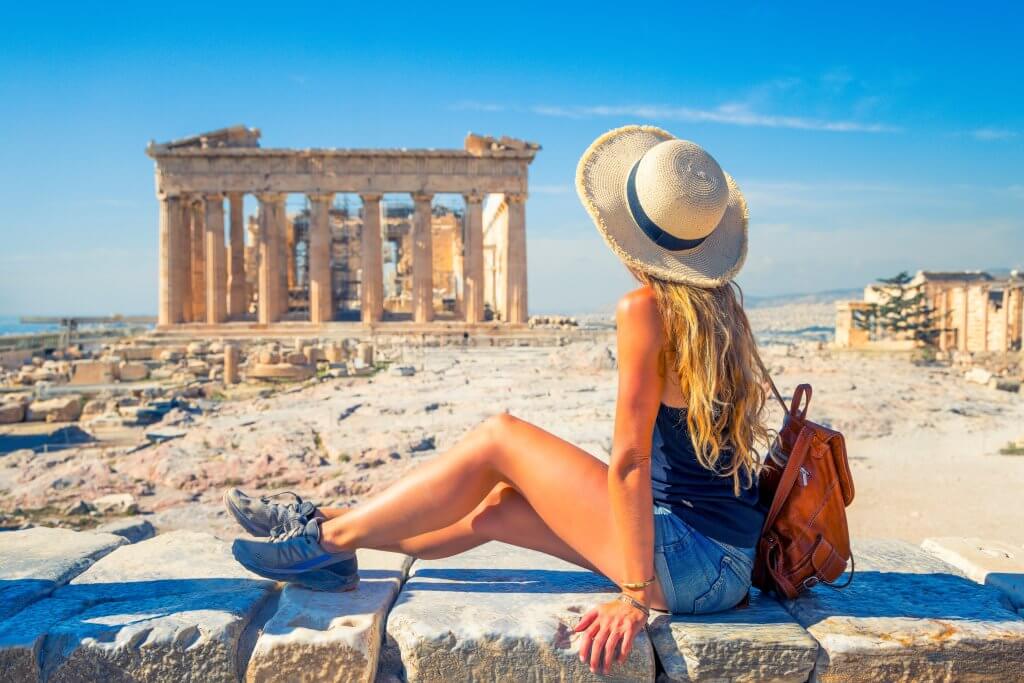
When temperatures climb in Mediterranean cities, what you pack can make or break your experience. Focus on these carefully selected essentials:
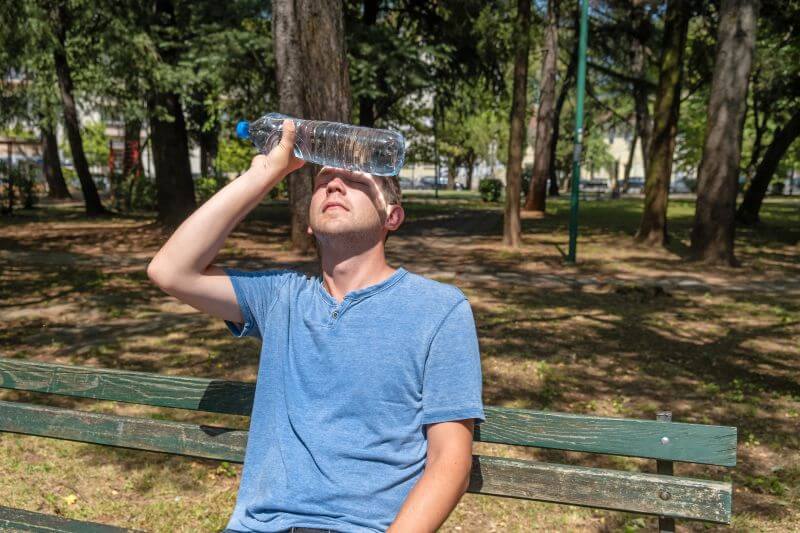
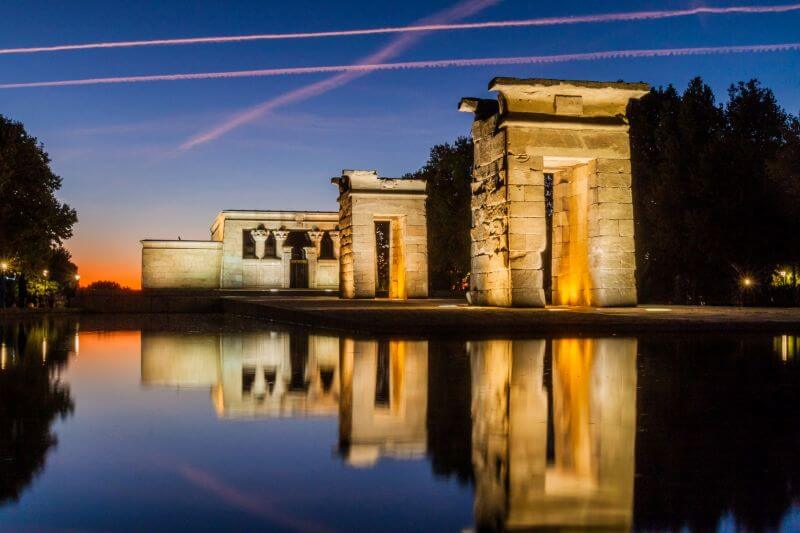
Strategic timing can dramatically improve your experience:
Morning Magic: Plan your first stop at outdoor attractions between 8:00-11:00 AM. The Colosseum in Rome (opens at 8:30 AM, Via del Colosseo, 1), the Acropolis in Athens (opens at 8:00 AM, Athens 105 58), or Park Güell in Barcelona (opens at 9:30 AM, Carrer d’Olot) are much more enjoyable before the midday heat arrives, and crowds can often be avoided. Many of these stops involve steps, so early visits make climbing more comfortable.
Afternoon Retreat: Use 12:00-4:00 PM for indoor activities, a relaxing lunch at a local cafe, or even a short siesta back at your accommodation. Planning your road routes in advance helps you avoid traffic congestion during these peak hours.
Evening Exploration: After 6:00 PM, cities come alive again as temperatures drop. This is perfect for experiencing local life, enjoying outdoor dining, or visiting landmarks illuminated at night like the Eiffel Tower (open until 11:45 PM in summer, Champ de Mars, 5 Avenue Anatole France). Likewise, visiting small towns at night allows you to enjoy a peaceful atmosphere once daytime crowds have left.
Seasonal Savvy: If possible, schedule your visit for late May or early September and October. You’ll enjoy warm weather but avoid the extreme heat peaks of July and August, while also encountering slightly smaller crowds.
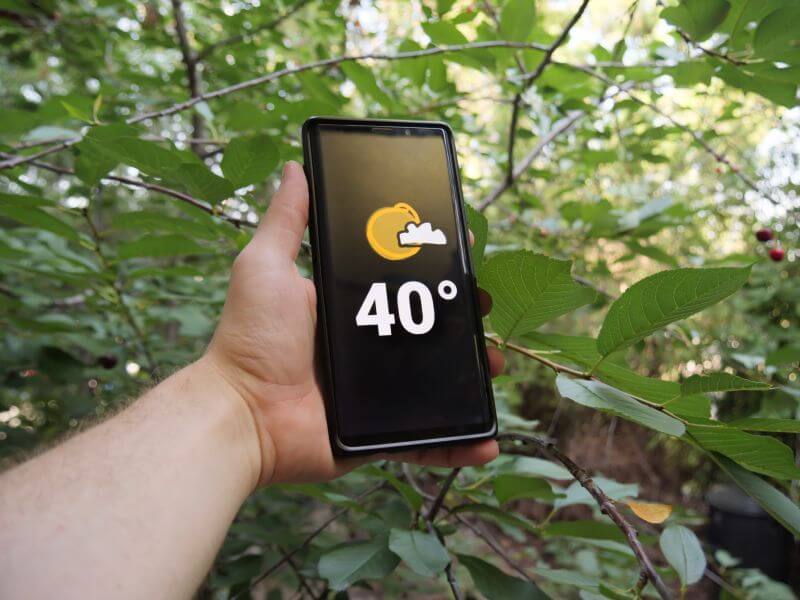
App Arsenal: Download reliable weather apps like AccuWeather or The Weather Channel before your trip. Many European cities also have local alert systems for extreme weather.
Cultural Rhythms: Be aware that southern European cities often operate on heat-adapted schedules. In Spain, many businesses close for a few hours in the afternoon for siesta (usually 2:00-5:00 PM). In Italy, particularly in smaller towns, you might find some shops and restaurants closed during similar hours. Athens follows a similar pattern during summer months, with many businesses closing during the hottest afternoon hours before reopening in the early evening.
Public Announcement Systems: Many tourist areas in cities like Rome, Athens and Madrid have public announcement systems that provide heat warnings and safety recommendations in multiple languages. The Athens Observatory also issues heat warnings that are displayed at major archaeological sites and tourist areas during extreme temperature days.
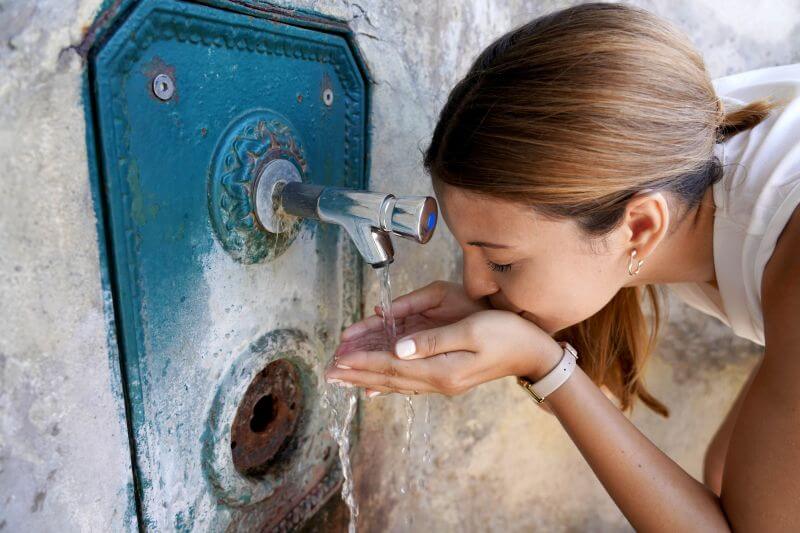
Staying hydrated is your primary defence against the heat:
Consistent Consumption: Drink water regularly throughout the day, not just when thirsty. In high heat, aim for at least 3 litres daily.
Public Water Sources: European cities offer excellent access to free, clean drinking water:
Rome: Look for the “Nasoni” fountains – small drinking fountains with continuously running cold water found throughout the city (over 2,500 locations).
Athens: The city has significantly increased its public drinking fountain network, with numerous fountains in central areas like Syntagma Square, the National Garden, and along popular tourist routes. Many archaeological sites also provide drinking water stations, though they can be less abundant than in some other European capitals.
Paris: The elegant Wallace Fountains (over 100 throughout the city) provide safe drinking water.
Barcelona: The city has installed over 1,500 drinking fountains; download the app “Fonts BCN” to locate them.
London: Most parks have drinking fountains, and the Refill London scheme allows you to refill water bottles at participating businesses.
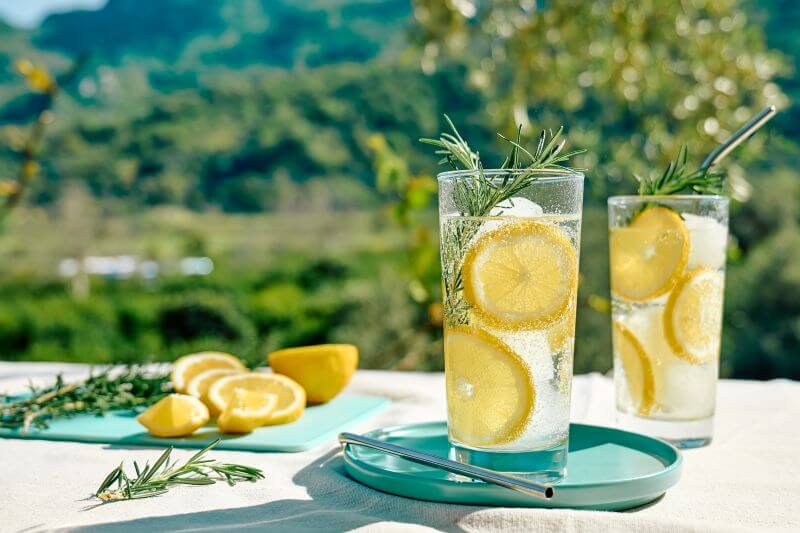
Hydration Alternatives: Enjoy refreshing local options like limonata in Italy, horchata in Spain, citron pressé in France, or traditional frappe (iced instant coffee) in Athens. Treat yourself to one of these drinks as a delicious way to stay hydrated.
Mindful Consumption: Reduce caffeine and alcohol intake, especially during peak heat hours, as they can accelerate dehydration.
Yes, we know, the last two points are a bit … Reducing caffeine IS sensible in the heat, but the experience of sipping a perfectly prepared frappe whilst people-watching at a sun-dappled Athenian café is simply too delicious a ritual to forgo entirely!
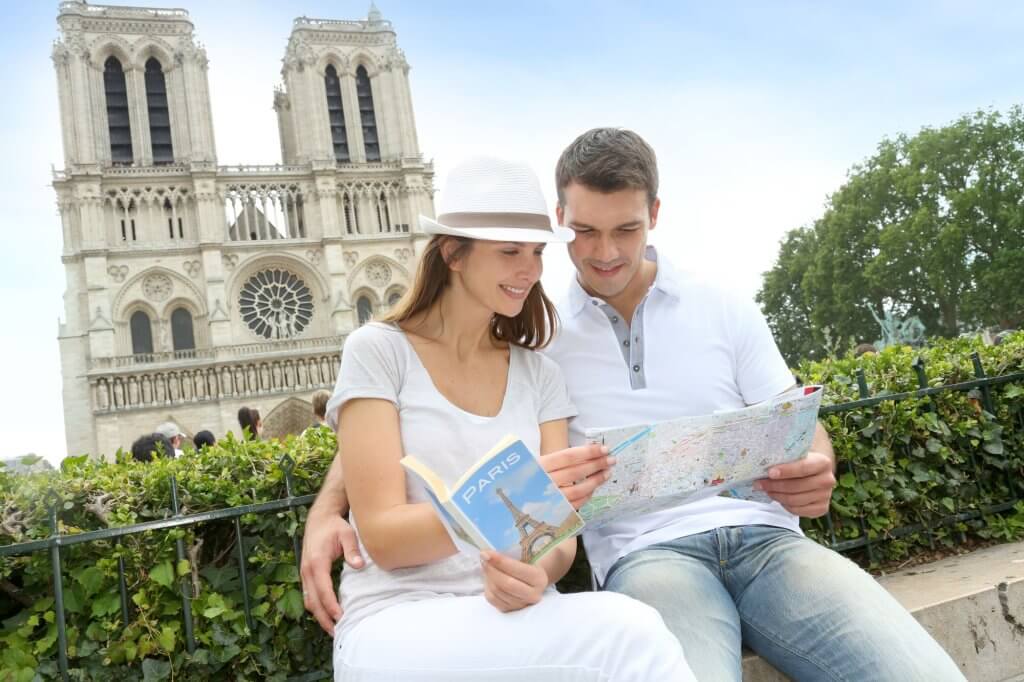
Cool Refuge Routes: Plan your day around air-conditioned venues. The Prado Museum in Madrid (Paseo del Prado, s/n, open 10:00 AM – 8:00 PM), the British Museum in London (Great Russell St, open 10:00 AM – 5:00 PM), or Galleria Borghese in Rome (Piazzale Scipione Borghese, 5, open 9:00 AM – 7:00 PM) offer both cultural enrichment and temperature relief.
Public Transport Tactics: Most European metros and buses are air-conditioned. In Paris, the air-conditioned Line 1 connects many major attractions. In Barcelona, the tourist bus is fully air-conditioned and allows hop-on-hop-off access to major sites.
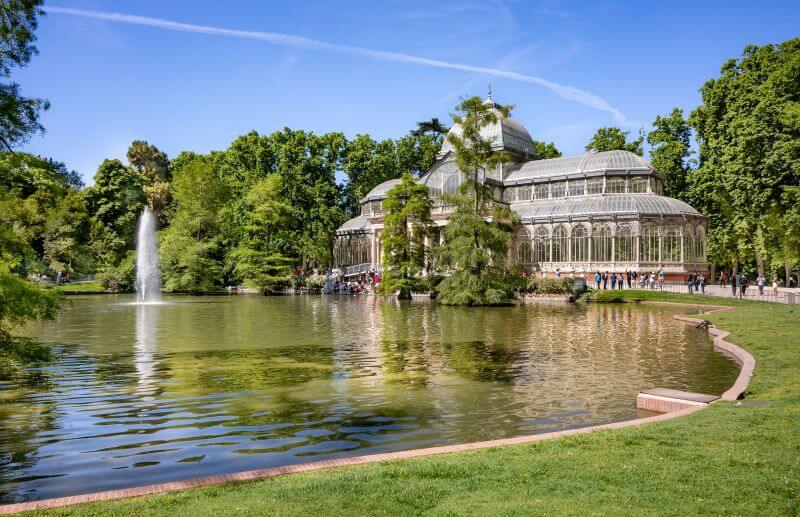
Green Oases: Each city has beautiful parks perfect for cooling breaks:
London: Hyde Park offers shade under ancient trees and the Serpentine Lake for cooling off (open 5:00 AM – midnight).
Barcelona: Park Güell provides stunning views with shaded areas (open 9:30 AM – 7:30 PM, tickets required for the monumental zone).
Paris: The Tuileries Garden features fountains and tree-lined paths (open 7:00 AM – 9:00 PM in summer).
Rome: Villa Borghese offers lush gardens and cooling fountains (open from sunrise to sunset).
Athens: The National Garden provides a shaded sanctuary adjacent to Syntagma Square with dense vegetation that feels several degrees cooler than surrounding streets (open from sunrise to sunset).

Mediterranean Wisdom: Follow the locals’ lead by enjoying lighter fare during hot days:
Spain: Try gazpacho (cold tomato soup) or various tapas that don’t weigh you down.
Italy: Opt for salads like insalata caprese (tomato and mozzarella salad) or fresh seafood dishes.
France: Salade Niçoise or other composed salads make perfect summer meals.
Greece: Enjoy refreshing horiatiki (traditional Greek salad with tomatoes, cucumbers, and feta) or tzatziki (yogurt, cucumber, and garlic dip) served with light pita bread.
Hydrating Foods: Watermelon, cucumber, and tomatoes are available at local markets and provide both hydration and nutrients.
Cool Treats: Each country offers signature frozen delights:
Italy: Authentic gelato from shops like Giolitti in Rome (Via degli Uffici del Vicario, 40) or Venchi (locations throughout Italy).
Spain: Try horchata or fruit-based granizados at places like Orxateria Sirvent in Barcelona (Carrer de Parlament, 56).
France: Artisanal sorbets from Berthillon in Paris (29–31 Rue Saint-Louis en l’Île).
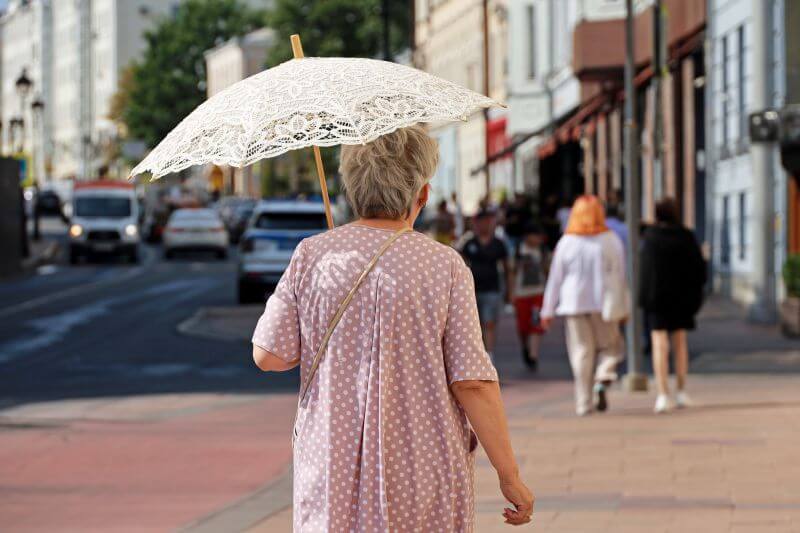
Advance Planning: Book skip-the-line tickets online for major stop on your itinerary, as these attractions draw large numbers of visitors, especially during peak season—the worst time for crowds.
Strategic Timing: Arrive at opening time (usually 8:30–9:30 AM) or visit during the last two hours before closing when crowds thin out and the number of visitors drops and temperatures are lower. Some stops are best avoided during midday due to peak crowds and heat.
Turbopass Advantage: City passes like the Turbopass for Barcelona, Rome, and other destinations include skip-the-line access to major attractions, saving you from waiting in the heat.
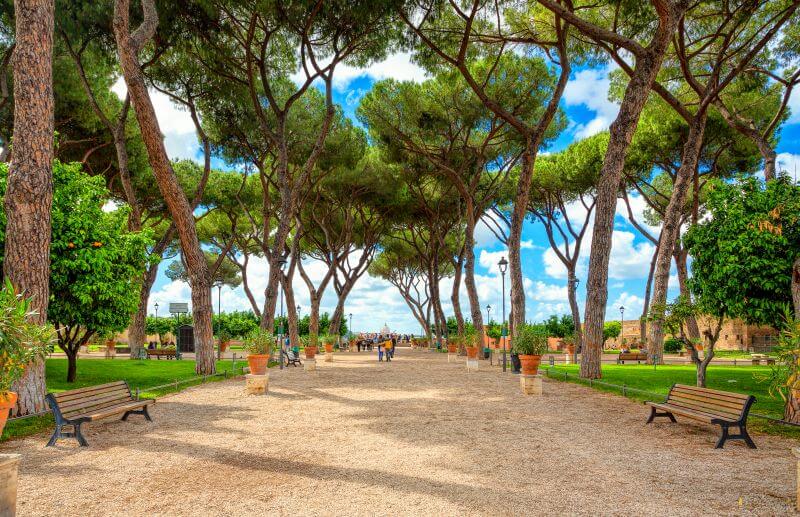
When the main attractions become overwhelmingly hot and crowded, explore these refreshing alternatives:
Rome: The shaded paths of the Orange Garden (Giardino degli Aranci) provides spectacular views in a breezy setting.
Barcelona: The historic Labyrinth Park of Horta (Passeig dels Castanyers, 1, open 10:00 AM – 8:00 PM, there is an entrance fee) offers a serene maze garden with fountains and shade. The Sant Pau Art Nouveau Site (Carrer de Sant Antoni Maria Claret, 167) provides stunning architecture with far fewer crowds than Gaudí’s more famous works.
Paris: The Parc des Buttes-Chaumont (1 Rue Botzaris) features dramatic cliffs, waterfalls, and a temple overlooking the city. The covered passages like Passage des Panoramas offer charming shopping in sheltered, cooler environments.
London: Hampstead Heath’s swimming ponds (separate facilities for men, women, and mixed groups, open 7:00 AM – 6:30 PM in summer, approximately £4 entry) provide a refreshing natural swimming experience. The shaded paths of Kyoto Garden in Holland Park offer tranquil respite from the city heat.
Madrid: Escape the urban heat at El Retiro Park’s shaded pathways. For indoor cooling, the Royal Palace (Calle de Bailén, s/n, open 10:00 AM – 6:00 PM) provides excellent air-conditioning along with opulent interiors and tends to be less crowded than the bustling Prado Museum during peak summer months.
Naples: An underground city tour keeps you cool while exploring fascinating historical tunnels and ancient Roman ruins.
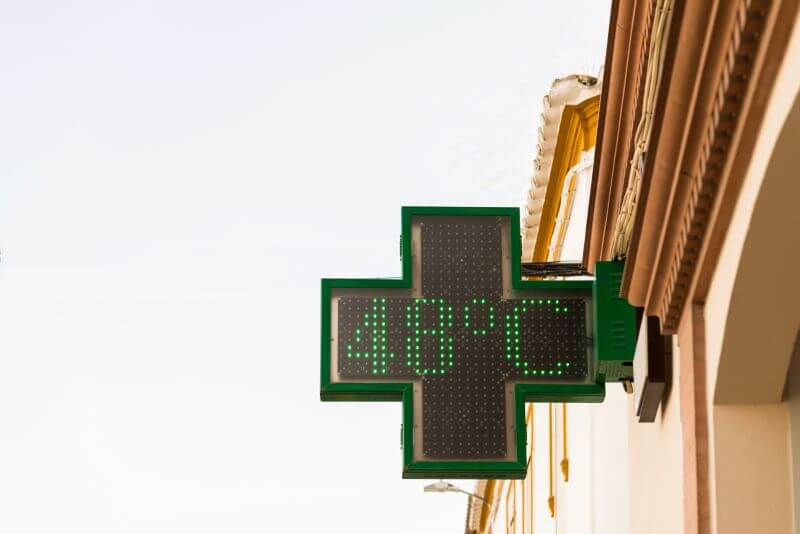
Even with careful planning, heat can affect your health. Know the warning signs:
Heat Exhaustion Symptoms: Watch for excessive sweating, clammy skin, dizziness, nausea, headache, or unusual fatigue.
Heatstroke Warning Signs: Heat stroke is a true medical emergency. Look for confusion, hot and dry skin, rapid heart rate, high body temperature (above 39°C/102°F), or vomiting. These symptoms require immediate medical attention.
Immediate Action Plan: If you experience symptoms, find shade immediately, drink water slowly, loosen or remove clothes, and use cold compresses on your neck and wrists. European emergency number is 112, which works in all EU countries.
Rest Without Guilt: Allow yourself to take breaks. A two-hour siesta at your accommodation might mean you can enjoy evening activities with renewed energy.
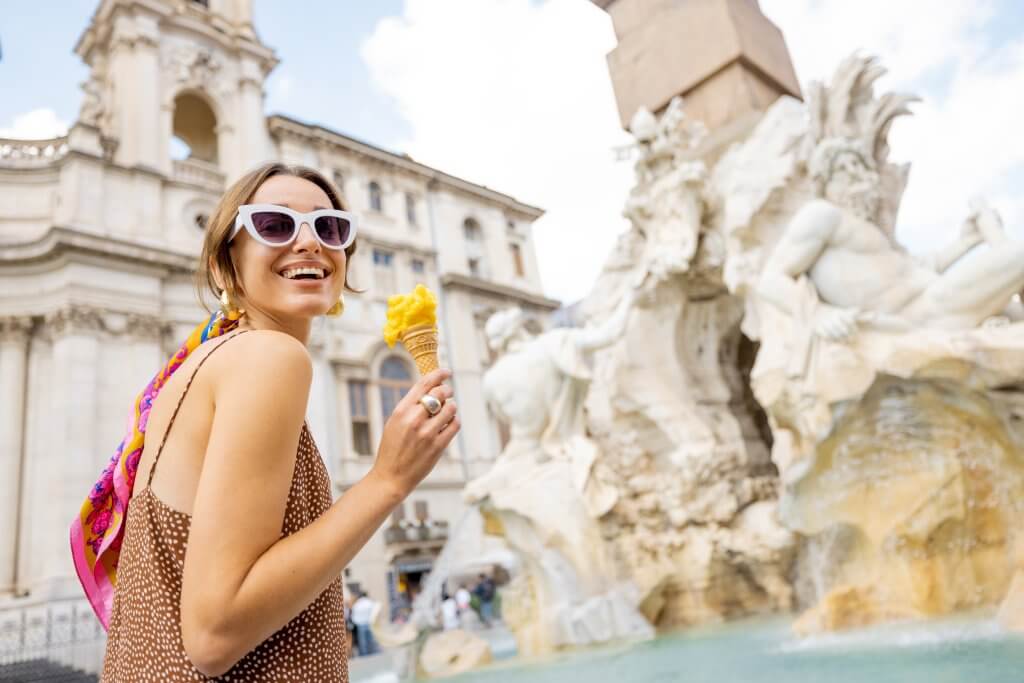
With these strategies in hand, you’re well-prepared to enjoy the magnificent cities of Southern Europe even during the hottest months. Remember that flexibility is your greatest ally – some days might call for a relaxing indoor itinerary, while others might be perfect for outdoor exploration early in the morning.
Southern Europe’s summer magic is absolutely worth experiencing – from long, light-filled evenings perfect for dining al fresco to the vibrant energy of cities at their most alive. The key is balancing adventure with self-care.
Stay cool, stay curious, and create unforgettable memories as you explore the sun-drenched treasures of Southern Europe!